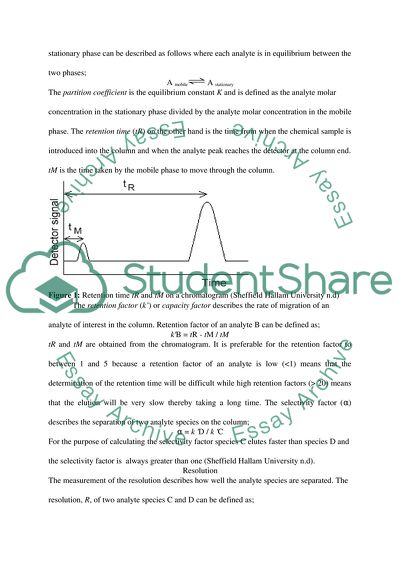Cite this document
(High Performance Liquid Chromatography Assignment, n.d.)
High Performance Liquid Chromatography Assignment. Retrieved from https://studentshare.org/chemistry/1798450-chromatography
High Performance Liquid Chromatography Assignment. Retrieved from https://studentshare.org/chemistry/1798450-chromatography
(High Performance Liquid Chromatography Assignment)
High Performance Liquid Chromatography Assignment. https://studentshare.org/chemistry/1798450-chromatography.
High Performance Liquid Chromatography Assignment. https://studentshare.org/chemistry/1798450-chromatography.
“High Performance Liquid Chromatography Assignment”, n.d. https://studentshare.org/chemistry/1798450-chromatography.


